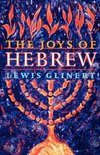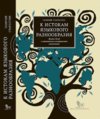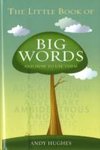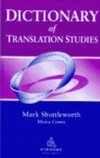
Science fiction novels by Isaac Asimov (Book Guide)
Source: Wikipedia. Commentary (novels not included). Pages: 40. Chapters: The Caves of Steel, Foundation's Edge, Prelude to Foundation, Foundation and Earth, Nemesis, The End of Eternity, The Gods Themselves, Robots and Empire, Pebble in the Sky, David Starr,... Viac o knihe
Produkt je dočasne nedostupný
15.40 €
bežná cena: 17.50 €
O knihe
Source: Wikipedia. Commentary (novels not included). Pages: 40. Chapters: The Caves of Steel, Foundation's Edge, Prelude to Foundation, Foundation and Earth, Nemesis, The End of Eternity, The Gods Themselves, Robots and Empire, Pebble in the Sky, David Starr, Space Ranger, Nightfall, Lucky Starr and the Big Sun of Mercury, The Robots of Dawn, Lucky Starr and the Oceans of Venus, Lucky Starr and the Moons of Jupiter, Lucky Starr and the Rings of Saturn, The Stars, Like Dust, Lucky Starr and the Pirates of the Asteroids, Foundation and Empire, Second Foundation, The Naked Sun, The Currents of Space, Lucky Starr series, The Ugly Little Boy, Forward the Foundation, The Positronic Man, Fantastic Voyage II: Destination Brain, Norby, the Mixed-Up Robot. Excerpt: The End of Eternity by Isaac Asimov is a science fiction novel, with mystery and thriller elements, on the subjects of time travel and social engineering. The themes are very different from most of his robot and 'space opera' stories, and take a clever approach to time paradoxes. Some people consider it his best work, or at least one of his best. As of April 2009, a film adaptation-to be directed by Kevin Macdonald-is planned. In December 1953, Asimov was thumbing through a copy of the March 28, 1932 issue of Time when he noticed what looked at first glance like a drawing of the mushroom cloud of a nuclear explosion. A longer look showed him that the drawing was actually the Old Faithful geyser. However, he began pondering the question of what the implications would be if there had been a drawing of a mushroom cloud in a magazine from 1932, and he eventually came up with the plot of a time travel story. He began the story, called The End of Eternity on December 7, and finished it on February 6, 1954, by which time it was 25,000 words long. Asimov submitted the story to Galaxy Science Fiction, and within days received a call from Galaxy editor Horace L. Gold, rejecting the story. Asimov decided to turn the story into a novel, and on March 17 he left it with Walter I. Bradbury, the science fiction editor at Doubleday, to get his opinion. Bradbury was receptive, and by April 7 Asimov was informed that a contract for the novel was in the works. He began expanding the story, eventually delivering the novel version to Bradbury on December 13. Doubleday accepted the novel and it was published in August 1955. The novel reflects the state of scientific knowledge of its time, some of which has been superseded. For instance, the power source for the time travellers is referred to as "Nova Sol", a link to the far future being used to tap the energy of the exploding Sun. It is now known that stars of the Sun's size and situation do not explode, and in fact novae are not explodin
- Vydavateľstvo: Books LLC, Reference Series
- Formát: Paperback
- Jazyk:
- ISBN: 9781155966434

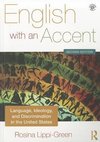
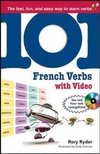
 Anglický jazyk
Anglický jazyk 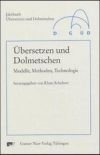
 Nemecký jazyk
Nemecký jazyk 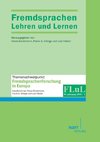
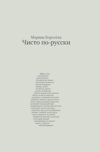
 Ruský jazyk
Ruský jazyk 
